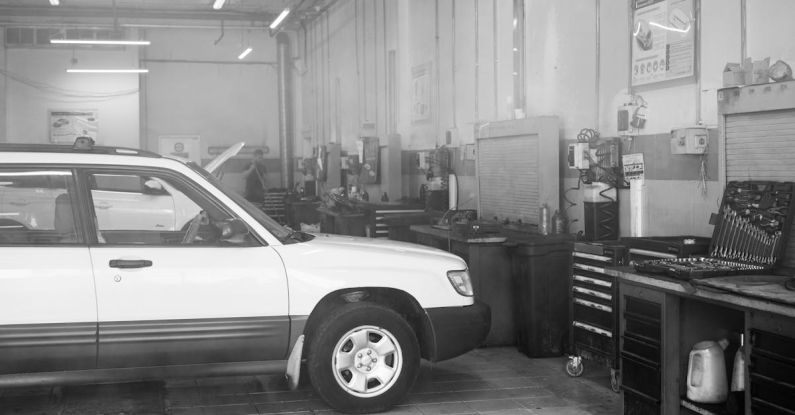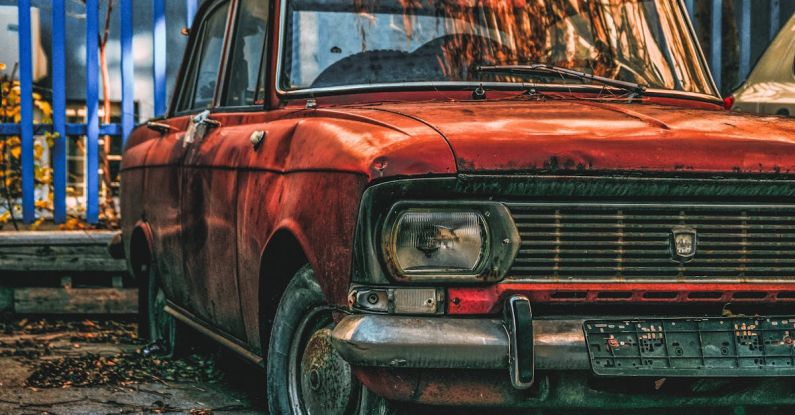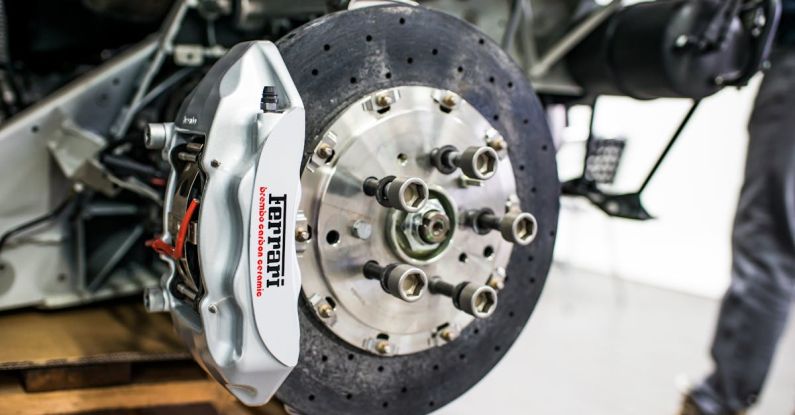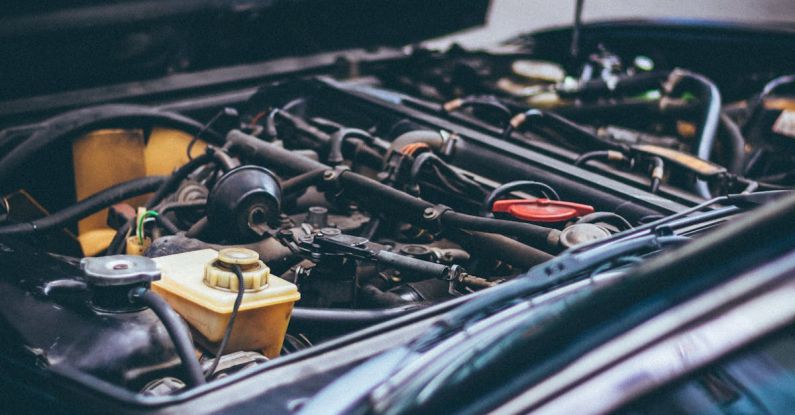
A well-maintained cooling system is crucial for the optimal performance and longevity of your car. The cooling system is responsible for regulating the engine temperature to prevent overheating, which can lead to serious damage if not addressed promptly. By following a few simple maintenance tips, you can ensure that your car’s cooling system remains in top condition.
Inspect the Coolant Level Regularly
One of the most important aspects of maintaining your car’s cooling system is to check the coolant level regularly. The coolant, also known as antifreeze, is responsible for absorbing heat from the engine and preventing it from overheating. Make sure to check the coolant level in the overflow tank when the engine is cool. If the level is below the minimum mark, add a mixture of coolant and water to bring it up to the correct level.
Check for Leaks
Leaks in the cooling system can lead to a loss of coolant, which can cause the engine to overheat. Inspect the hoses, radiator, water pump, and other components of the cooling system for any signs of leaks regularly. Look for puddles of coolant under the car or visible signs of leaking fluid. If you notice any leaks, have them repaired as soon as possible to prevent further damage to the cooling system.
Flush the Cooling System
Over time, dirt and debris can accumulate in the cooling system, reducing its efficiency. Flushing the cooling system at regular intervals can help remove any buildup and ensure that the coolant circulates properly. Follow the manufacturer’s recommendations for how often to flush the cooling system, as this can vary depending on the car model and the type of coolant used.
Inspect the Radiator and Cap
The radiator plays a crucial role in cooling the engine by dissipating heat from the coolant. Regularly inspect the radiator for any signs of damage, such as leaks or corrosion. Additionally, check the radiator cap to ensure that it is functioning properly. A faulty radiator cap can lead to a loss of coolant and cause the engine to overheat.
Replace the Thermostat
The thermostat is responsible for regulating the flow of coolant through the engine. A faulty thermostat can cause the engine to overheat or prevent it from reaching the optimal operating temperature. If you notice that your car is overheating or the temperature gauge is fluctuating, it may be time to replace the thermostat.
Use the Correct Coolant Mixture
Using the correct coolant mixture is essential for maintaining your car’s cooling system. Most manufacturers recommend a 50/50 mixture of coolant and water, which provides the optimal balance of heat transfer and freeze protection. Make sure to use the coolant recommended for your car’s make and model to prevent compatibility issues.
Monitor the Engine Temperature
Keeping an eye on the engine temperature gauge can help you catch any cooling system issues early on. If you notice that the temperature is consistently higher than normal or fluctuates erratically, it may indicate a problem with the cooling system. Addressing these issues promptly can prevent more significant damage to the engine.
Conclusion:
By following these maintenance tips, you can ensure that your car’s cooling system remains in top condition and avoid costly repairs down the line. Regular inspections, flushing the system, and using the correct coolant mixture are key steps in maintaining a healthy cooling system. Remember that a well-maintained cooling system not only prolongs the life of your car but also ensures a smooth and trouble-free driving experience.





